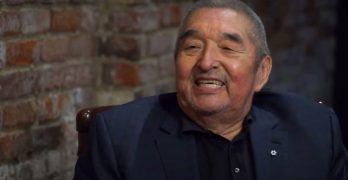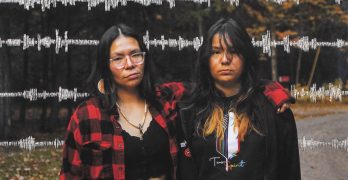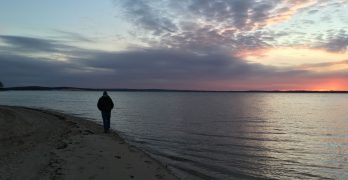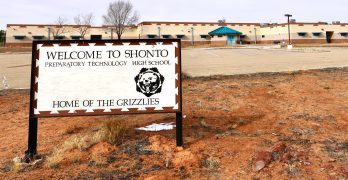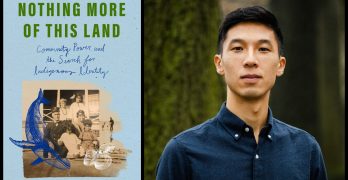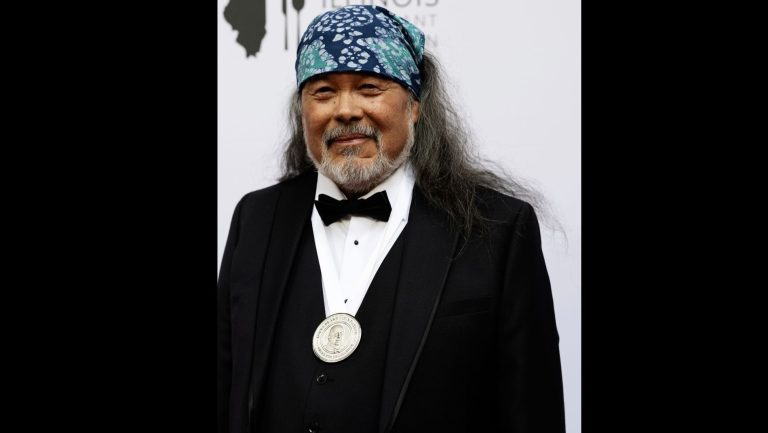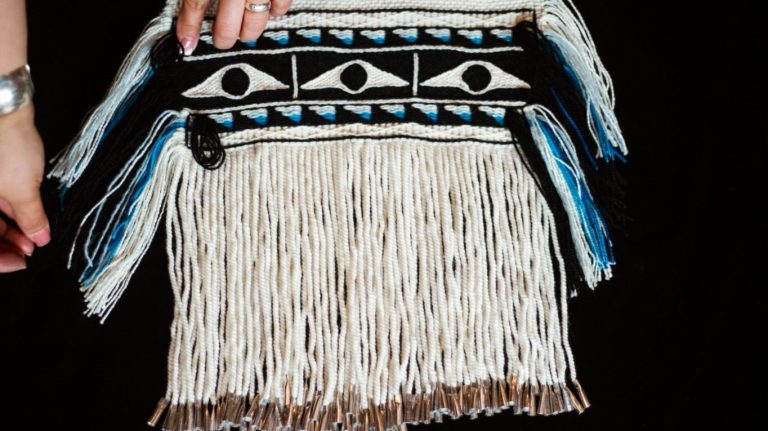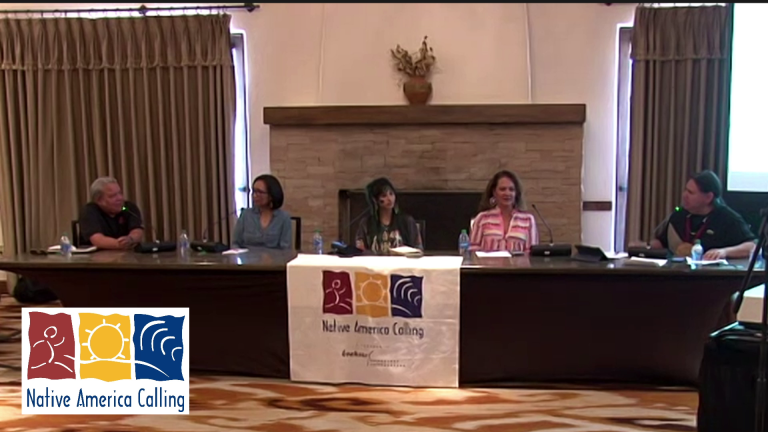President Donald Trump is going to defend his tariff policy before the U.S. Supreme Court. Lower federal courts recently ruled that President Trump does not have the authority to impose tariffs under the national emergency powers. A new Pew Research Center poll found that 61% of Americans disapprove of his tariff policies. Businesses like Sisseton-Wahpeton fabric designer Denise Hill are faced with having to raise prices to make up for rising costs on goods from other countries. We’ll get a reading on the effect tariffs have had on Native-owned businesses so far.
GUESTS
State Sen. Susan Webber (Blackfeet/D-MT [Browning])
Larry Chavis (Lumbee), economist and business school professor
Jeff St. Louis (Sault Ste. Marie Band of Chippewa Indians), CEO and founder of Native Purchasing Group
Denise Hill (Sisseton Wahpeton Oyate), owner of Family Affair



